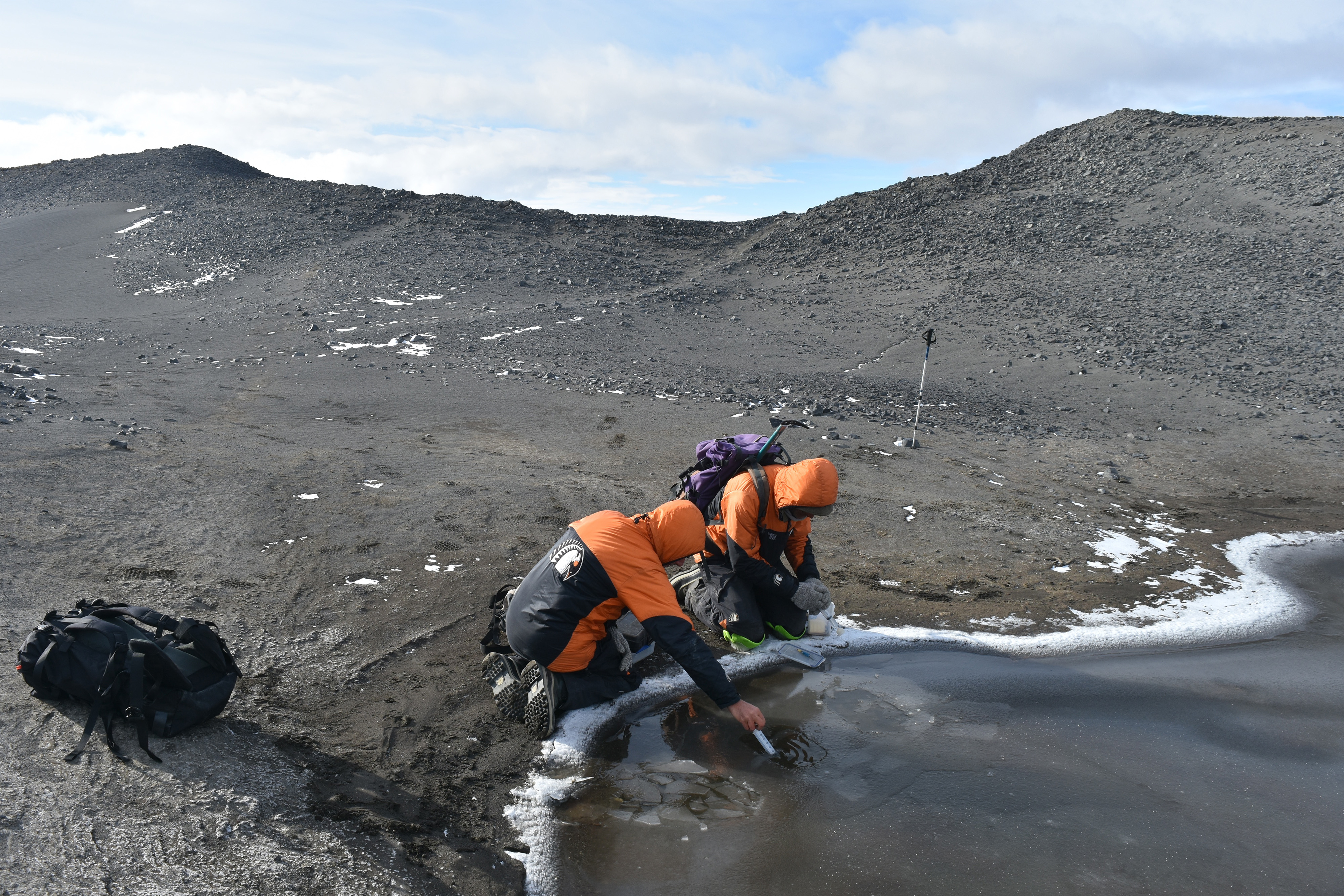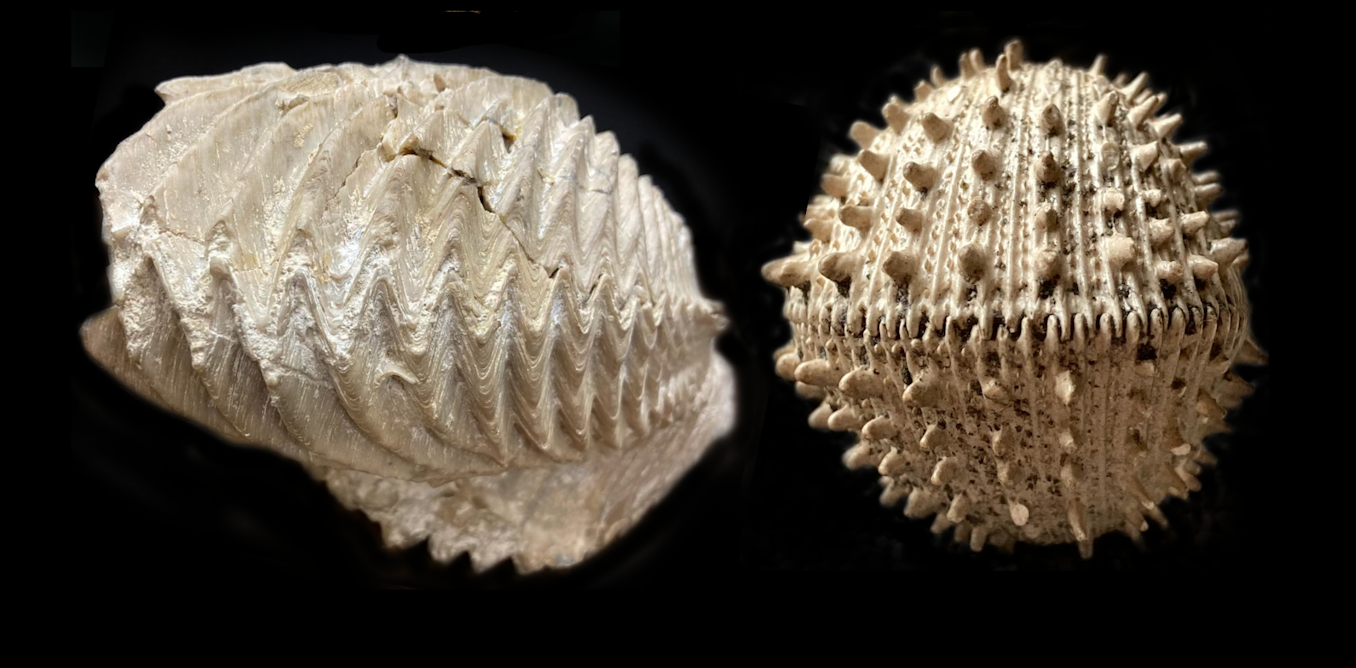Mitochondria can sense bacteria and trigger your immune system to trap them – revealing new ways to treat infections and autoimmunity
Not only do mitochondria serve as the engine of the cell – they also act as watchtowers for the immune system.
yesterday • ~7 min









